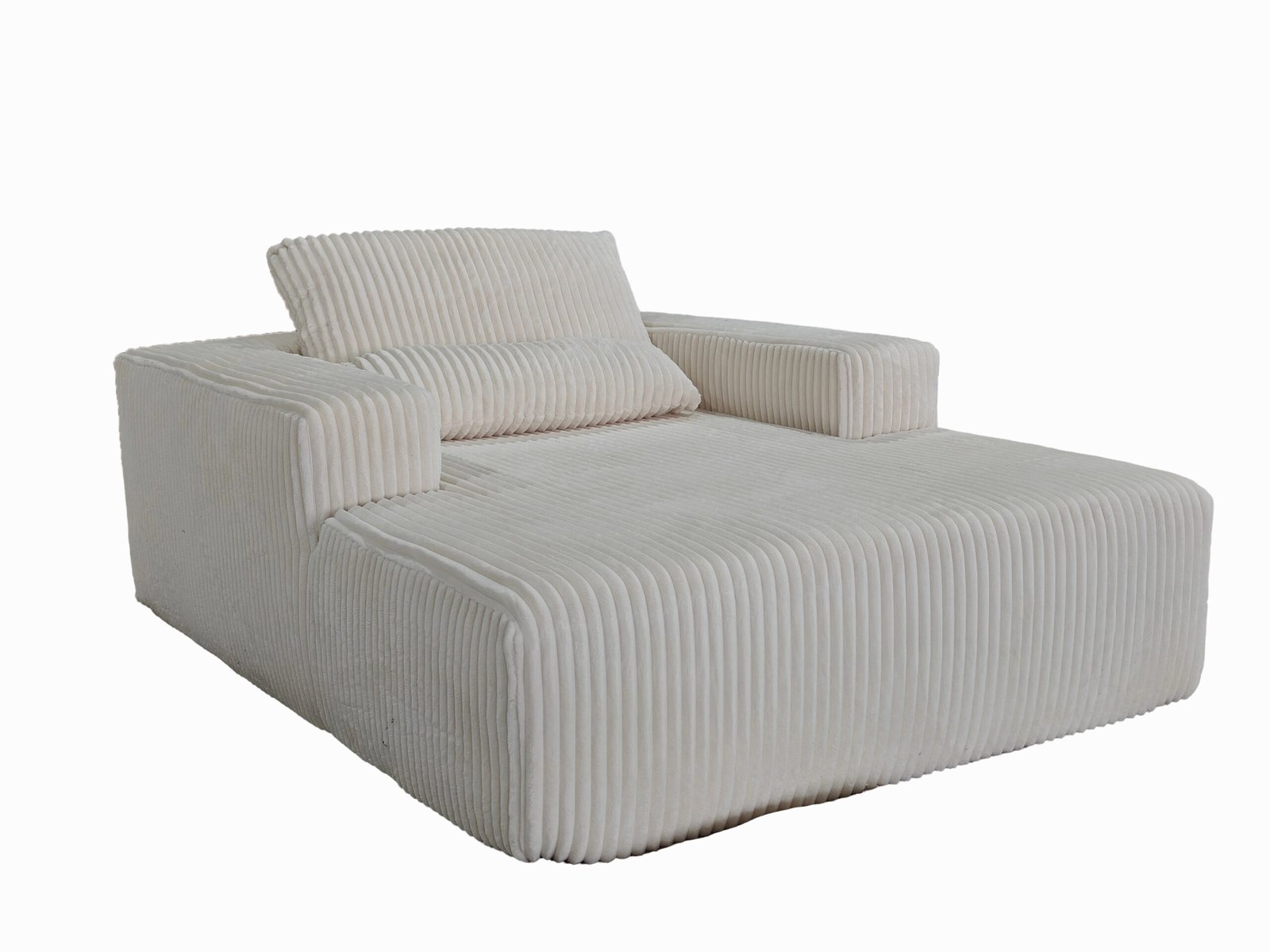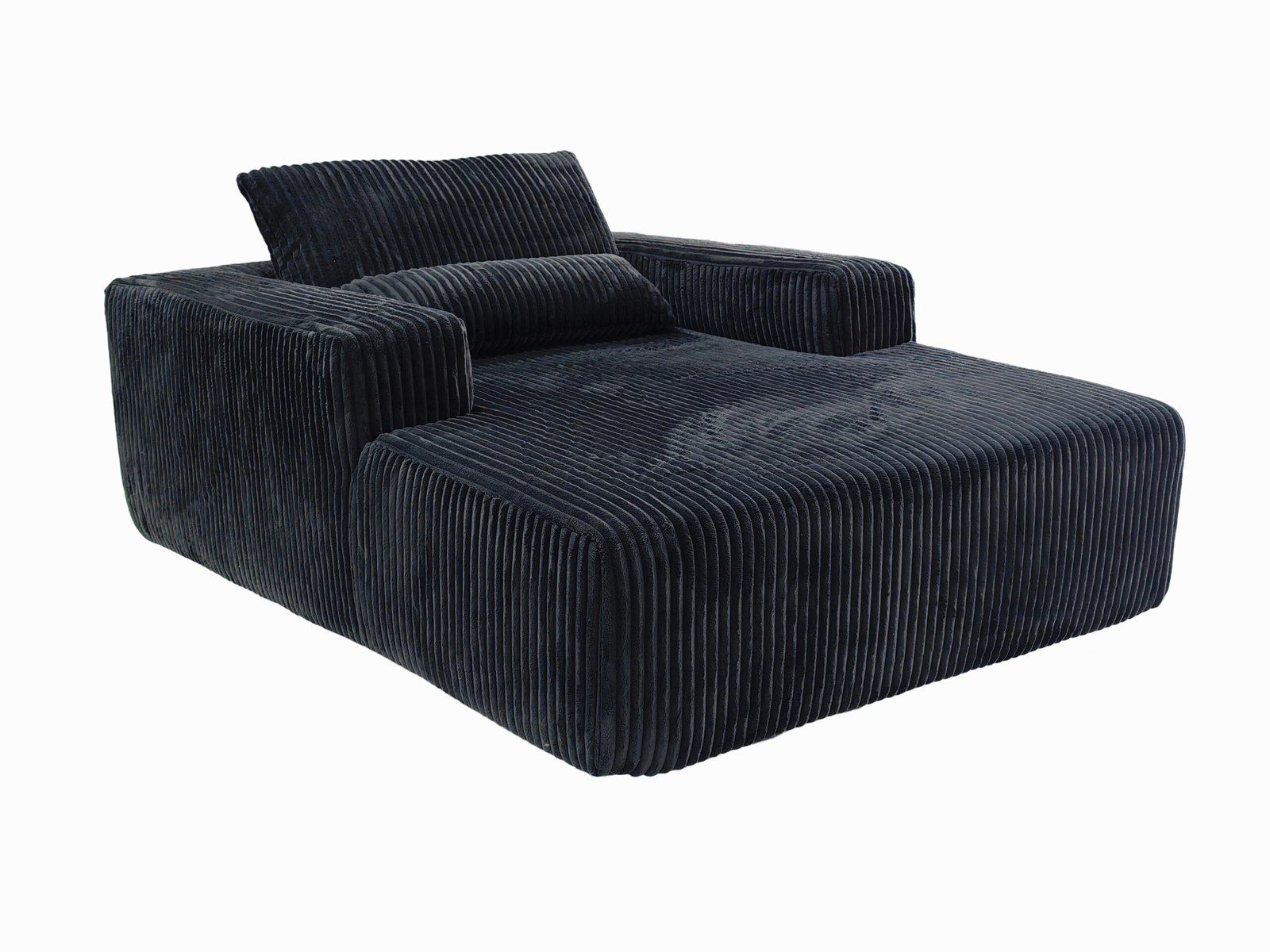
Traditional sofas may look plush, but over time, they sag, tear, and lose their charm. Consumers want more for less—and for longer. That’s where material innovation is changing the game.
New materials like high-density foam, memory foam, and performance fabrics are making compressed sofas stronger, longer-lasting, and more comfortable—without adding cost or weight.
Want to know how the newest materials are redefining sofa durability? Keep reading.
What were the limits of older sofa materials?

Cushions that sink. Fabrics that fray. Frames that creak.
Traditional compressed sofas used basic polyurethane foam and standard upholstery—good enough for short-term use, but not for everyday life.
Common problems with older materials:
- Foam breakdown after 1-2 years
- Fraying seams from low-resilience fabrics
- Moisture absorption leading to mold and odors
- Deformation during compression that doesn’t fully recover
These issues weren’t just annoying—they cost brands credibility and consumers comfort.
Which new materials are changing the game?
Today’s top-tier compressed sofas use an entirely upgraded toolkit:
| Material Type | What It Does Best |
|---|---|
| High-resilience foam | Keeps shape under heavy pressure and use |
| Gel-infused memory foam | Adds cooling + contouring comfort |
| Performance fabrics | Resist stains, stretching, and UV fade |
| Reinforced plywood | Light but stronger than traditional framing |
| Elastic webbing | Replaces springs for better longevity |
Each of these is engineered to handle compression, recovery, and everyday living better than older materials ever could.
How do new foams improve durability?

Let’s talk core strength—because that’s what foam brings to a compressed sofa.
High-resilience (HR) foam has a tighter, more responsive cell structure than regular PU foam. That means:
- It bounces back faster after compression
- It doesn’t develop permanent dents or soft spots
- It supports more weight with less sagging
Memory foam, especially when layered on top of HR foam, does two things:
- Contours to the body, reducing pressure on specific points (great for prolonged sitting)
- Evenly distributes weight, so no single part of the foam wears out faster than the rest
Together, these foams make cushions that feel luxurious but last longer, even when vacuum-sealed or folded for delivery.
How do new fabrics hold up better?
Durability isn’t just inside the cushion—it’s outside too.
Performance fabrics are engineered for endurance. Here’s what they offer:
- Tear resistance: Reinforced fiber weaves stop small damage from spreading
- Spill protection: Hydrophobic treatments cause liquids to bead and wipe off
- Colorfastness: UV resistance keeps the sofa looking fresh longer
- Anti-pilling finishes: Prevent fuzz and texture loss from friction
Some sofas even feature removable and washable covers, combining durability with ease of care.
That’s important for families, pet owners, and anyone who lives on their couch.
Can compressed sofas still compress with these new materials?
Great question.
Yes—because these materials were chosen for both performance and flexibility.
HR foam and gel memory foam both have excellent rebound memory. That means they can be:
- Compressed in vacuum packs
- Unboxed and regain full shape within 48 hours
- Used daily without permanent compression marks
Performance fabrics, meanwhile, are flexible enough to be folded, yet structured enough not to crease permanently.
Durability doesn’t mean stiffness—it means smart material behavior under stress.
Are these materials more sustainable too?
Many are—and that’s a bonus.
- Bio-based foams: Some HR foams now use soy or castor oil instead of petroleum
- Recycled polyester fabrics: Give PET bottles a second life as durable upholstery
- Low-VOC adhesives: Improve indoor air quality
- Sustainable plywood: Certified by FSC and other eco-labels
This means a more durable sofa isn’t just good for your wallet—it’s better for the planet too.
What does this mean for consumers?
Here’s the bottom line:
- Fewer replacements: A good compressed sofa can now last 5–8 years or more
- Lower long-term costs: Even if the upfront price is a bit higher, the ROI is better
- More comfort: Better materials mean better posture and better rest
- Less maintenance: Performance fabrics resist wear, spills, and fading
In a world where fast furniture is the norm, durable compressed sofas are a smarter, greener investment.
What’s next in sofa durability?
Material innovation isn’t slowing down. Coming soon:
- Graphene-reinforced foams for extra resilience
- Phase-change fabrics that actively regulate body temperature
- Smart wear sensors that monitor cushion health
- Biodegradable high-performance textiles
Each breakthrough will push the boundaries of what compressed sofas can do—and how long they’ll do it.
Conclusion
New materials are redefining what compressed sofas can be—stronger, smarter, and more sustainable. The result? A sofa that lasts longer, feels better, and costs you less over time.